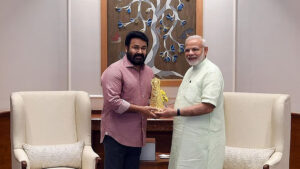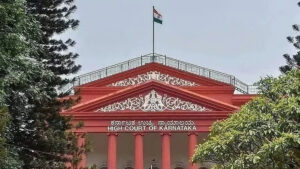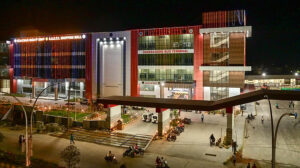A shocking and distressing viral video from Manipur has drawn widespread attention, revealing the harrowing plight of vulnerable communities affected by the ongoing humanitarian crisis. The video captures heart-wrenching images of famine, malnutrition, and destitution that demand more than just a short-term humanitarian response. As the footage circulates across social media platforms, calls for immediate and comprehensive action to address the root causes of the crisis are resonating globally.
The video, which was reportedly captured by a concerned local resident, offers a glimpse into the grim reality faced by thousands of people in Manipur. It depicts emaciated children with hollow eyes, families scavenging for food in barren fields, and elderly individuals struggling to survive in deplorable conditions. The extent of suffering showcased in the video has ignited outrage and concern from individuals and organizations alike.
Various NGOs and humanitarian agencies have already stepped in to provide emergency assistance, including food, medical aid, and other essential supplies to the affected communities. However, experts warn that such short-term aid, while crucial, may not be sufficient to address the deeper issues underlying the crisis.
The state of Manipur has long been grappling with a complex web of challenges, including economic marginalization, political instability, environmental degradation, and ethnic tensions. These underlying issues have exacerbated the vulnerability of communities in the region, leaving them susceptible to recurrent crises like famine and deprivation.
Local authorities, as well as the central government, are now facing mounting pressure to devise a sustainable and long-term solution to alleviate the suffering of those affected. The need for increased investment in infrastructure, agriculture, and healthcare is paramount to uplift the region from the clutches of chronic poverty.
Addressing the root causes of the crisis will require a multifaceted approach, involving collaboration between various stakeholders. This includes empowering local communities, ensuring equitable distribution of resources, and promoting sustainable development practices that safeguard the region’s ecological balance.
Furthermore, open dialogue and cooperation among different ethnic groups within Manipur are essential to foster lasting peace and stability. Addressing historical grievances and promoting inclusivity will play a crucial role in mitigating tensions and building a harmonious society.
The video has also served as a wake-up call to the international community, urging them to support Manipur’s plight. International aid and support are critical to supplement the efforts of local initiatives and address the crisis on a broader scale.
As the world unites in shock and empathy over the images of suffering in Manipur, it is vital that compassion is translated into substantial and sustained action. A holistic and proactive response, focusing on both immediate relief and long-term development, is the need of the hour to bring hope and dignity back to the lives of the people in Manipur.









